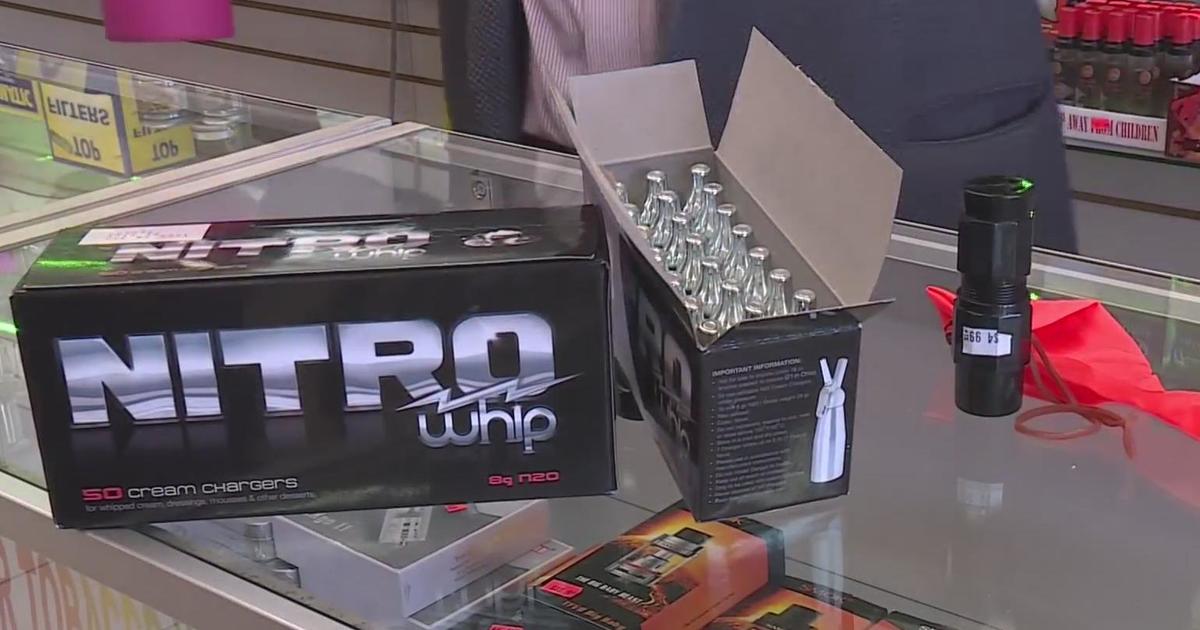High Tech Touches Bring New Ford Focus To 40 MPG
The all-new Ford Focus with the SFE (Super Fuel Economy) package delivers an EPA certified 40 mpg on the highway. Ford Motor Co. says that's on top of an array of smart technologies, exceptional standards of craftsmanship and retuned suspension.
The new Focus is certified by the EPA at 40 mpg highway and 28 mpg city through its advanced six-speed automatic transmission.
Some competitors use a manual transmission to achieve their highest fuel economy ratings, though sales of vehicles with automatic transmissions account for more than 90 percent of the market.
Focus becomes the fourth vehicle in the Ford Motor Company vehicle lineup with an EPA-certified rating of 40 mpg or more.
"Our customers tell us that fuel economy is the top reason for purchasing a Focus," said Derrick Kuzak, group vice president, Global Product Development. "The all-new Focus meets that demand with great fuel economy, class-leading technologies and features, exceptional standards of craftsmanship and driving dynamics typically reserved for larger, more expensive vehicles."
Today, Ford has 12 vehicles -- including cars, utilities and crossovers -- that lead their sales segments in fuel economy in the United States, a number no other automaker matches.
With the new Focus, four 2011 models achieve at least 40 mpg – the Ford Fiesta SE with SFE package (40 mpg highway) and the Ford Fusion Hybrid and Lincoln MKZ Hybrid (41 mpg city). No other automaker offers four nameplates with EPA-certified ratings of 40 mpg or more, according to the 2011 EPA Fuel Economy Guide.
Competitors -- the Honda Civic, the Mazda 3, the Toyota Corolla, the Volkswagen Jetta and the Chevrolet Cruze -- range from 31 to 37 mpg highway.
That exceptional fuel economy could be vital in the months ahead. The Department of Energy is offering a somewhat bleak forecast at the gas pumps. Gas prices, now at a national average of $3.22, according to www.nationalgasaverage.com, could go as high as $3.50 a gallon, and there's a chance they could go higher.
The all-new Ford Focus answers that challenge with content that builds off the mid-range SE model four-door sedan with the PowerShift six-speed automatic transmission.
The engaging driver appeal of the new Ford Focus is magnified by an advanced powertrain. Focus is fitted with a new 2.0-liter gasoline direct-injection DOHC four-cylinder engine that combines high-pressure direct injection and twin independent variable camshaft timing (Ti-VCT) for enhanced performance and fuel efficiency. This engine delivers more power than the current 2.0-liter Duratec unit featured in the North American Focus, while contributing to fuel economy gains of more than 10 percent.
To maximize its performance and economy advantage, the engine is mated with the latest dry-clutch six-speed Ford PowerShift automatic transmission. A high-efficiency dual dry-clutch design, the transmission alone can help to reduce fuel consumption by up to 9 percent compared to a traditional four-speed automatic.
The SFE package also includes 16-inch steel wheels with aero wheel covers, active grille shutters, high-efficiency tires, four-wheel disc brakes, rear spoiler and a special SFE badge.
Unlike other competitors, the Ford Focus employs full active grille shutters. Active grille shutters help optimize aerodynamics by using vents to control airflow through the grille to the cooling system and engine compartment.
If air is required to cool the engine, the vents are opened. If no airflow is needed the vents are shut, contributing to significantly reduced aerodynamic drag.
Mounted in the grille aperture ahead of the radiator, the active grille shutters feature motorized horizontal vanes that can rotate through 90 degrees to block the airflow. Automatically controlled by the car's electronic control unit, the vanes can be rotated into 15 different positions – from fully closed to fully open – depending on the amount of cooling air required.
When fully closed, the reduction in drag means the active grille shutters can reduce CO2 emissions by 2 percent.
As an additional benefit, the system keeps the vanes closed as long as possible when starting from cold, so the engine reaches its most efficient operating temperature more quickly. This also helps reduce fuel consumption.
More at www.ford.com.



